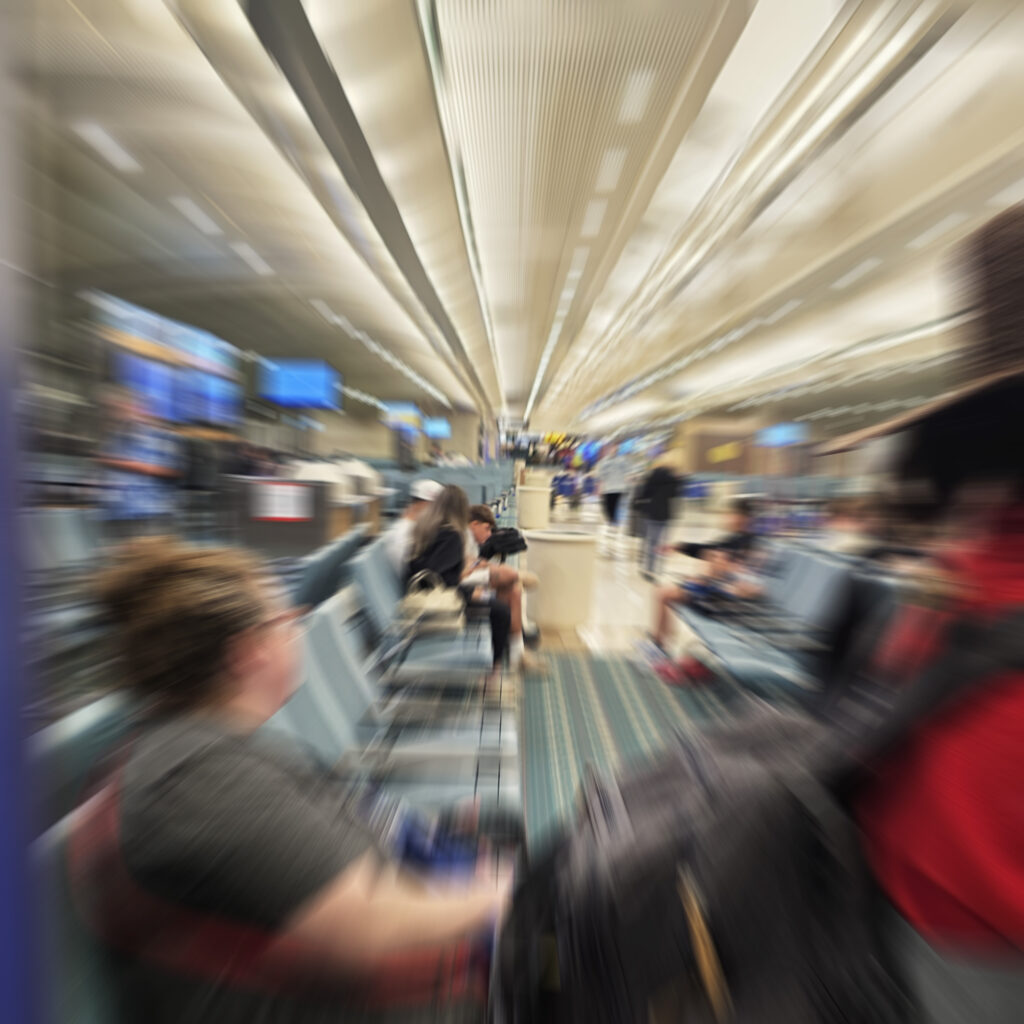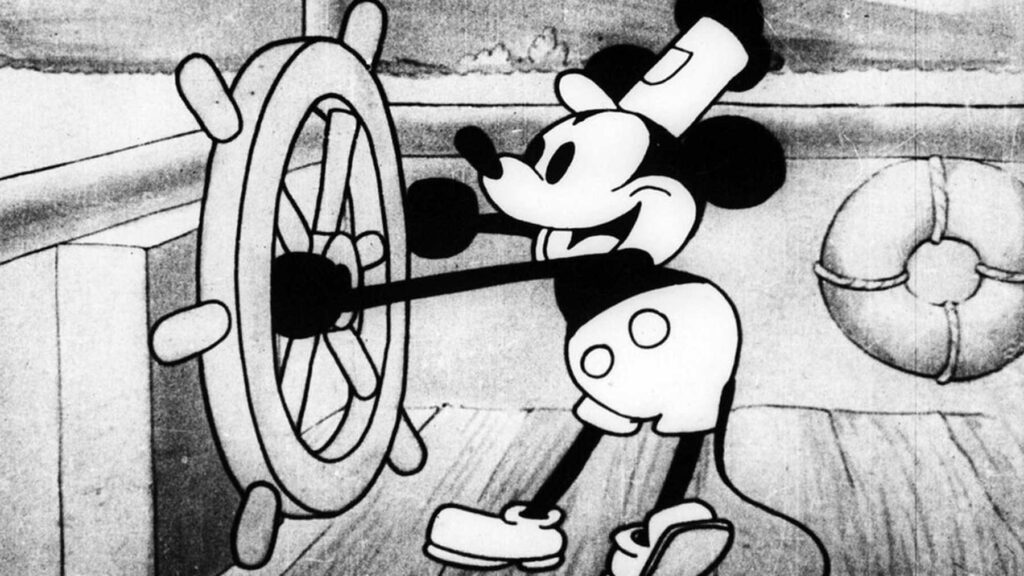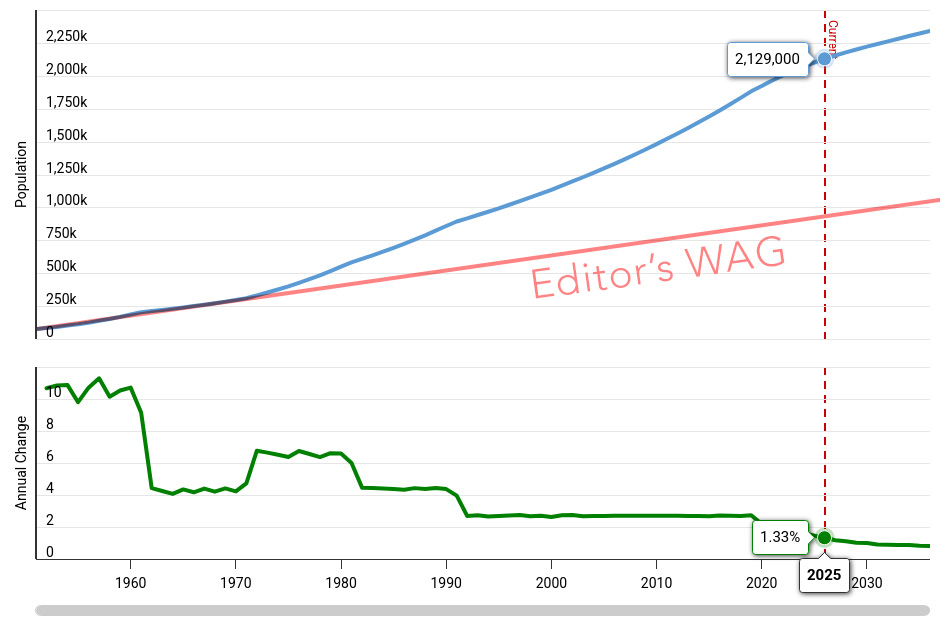A Recent Agribusiness Convention Has Me Thinking About The Future Of American Cities
” … we reply that the great cities rest upon our broad and fertile plains. Burn down your cities and leave our farms, and your cities will spring up again as if by magic. But destroy our farms and the grass will grow in the city.” ~ William Jennings Bryan
Discussions about a people’s prosperity always come ‘round to the natural or human resources that might be put to use. Post-war successes seem to have been built on inexpensive labor: Japan, then Hong Kong, Taiwan, Mexico, South Korea, China, India, and so on.
But, labor wasn’t the key ingredient. People labor everywhere. In these success stories, allotments of inexpensive labor were leveraged to build increasingly sophisticated manufacturing and technology bases, often handing the baton off to the next country on the list on its own way up. Once a poor fishing village, post-war Hong Kong made food products, textiles, and inexpensive toys and housewares. Modern Hong Kong is a financial center that exports those things sourced from inland and up-river. Japan and Taiwan began outsourcing basic electronics to China whose production is now beginning to move to Viet Nam.
Once I saw the pattern, I started to take a candid look at regions throughout the United States, and how federal and state minimum wages might be keeping a lot of Americans from improving their lot. Imagine how pointlessly destructive a global minimum wage would be. Who would pay US$17 / hr to Nepalese goat herders? How?
Now ask why Manhattan’s cost structure should be far more relevant to Joplin, Missouri than to Shanghai. Why is it that East Asia has built massive, modern (and clean!) cities in places where frankly dirty and destitute villages were, while the U.S. has mostly the same cities dominating the country, plodding along through time.
Minerals are obvious, so let’s not forget them. Minerals did not make Coal Country Appalachia or Northumberland, England wealthy. Yet, Dubai, that great golden beast of wild lucre and worrisome labor stories was built on minerals. Or, so it seems.
While one hopes to live upstream of where minerals are extracted, the Gold Rush cannot be extracted from San Francisco’s identity, while Los Angeles’ remaining oil derricks remind us of the economic kernels around which that city was built. The beautiful Getty Museum? Oil money as thick and rich as the La Brea tar pits. Minerals, yes. But, gold and oil mining required a lot of innovations, a lot of new ideas. Before those ideas, the tar of the Arabian Peninsula was a hazard grabbing at the heels of caravans and travelers.

I took a there-and-back trip to an agribusiness conference in Orlando, Florida this week. Flight out at 5:30 am, back at 11:30 pm. I love ride-or-die stuff like that. I came in wearing my sales and bizdev hats – literally had one made for the show – and left it all on the floor. Except the hat. That was $80 and I’ll need it later.
With a population approaching 3 million, the Orlando-Kissimmee-Sanford, Florida Metropolitan Statistical Area (MSA) is about the same size as the Denver-Aurora-Centennial MSA. It’s hard to tell because there are no vantage points in the sprawling, utterly-flat region other than GargantuHotel penthouses, but that’s a fair number of people.
The median household income (HHI) and poverty rate are essentially dead-center for the United States. In 1980, Orlando’s median HHI was about half of the whole U.S.
The climb has accelerated: The US Bureau of Economic Analysis reported Orlando as the top American market for nominal GDP growth in 2023.
And, that’s all because it was once a cheap buy.
While Orlando’s economy has all the same investment in healthcare and services as any other sizeable city, tourism is Orlando’s unique ingredient, and that was founded by Walt Disney, sneakily buying up swamp-cheap land for his second monumental theme park. Sea World followed, then others. Millions of visitors flock to Orlando every year – 74 million of them in 2023, according to Visit Orlando.

In other words, Orlando wasn’t built on natural resources. It was built on a bog and an idea that elevated the fortunes of its people, building win upon win.
It’s a fair bet they didn’t connect these dots for you in school, but Europe began the great and greatly expensive cathedral building in the mid-1100s. Columbus didn’t set sail until 1492. The truest, broadest narrative of Western economic growth over the last 900 years is this: Simple, hard-working merchants built wealth, then sent their kids to school.
The coast between Jacksonville and Miami had a lot going for America’s early space program. When development began at the Air Force and missile testing base at Cape Canaveral, Floridians had the good sense to develop a science, technology, and engineering school to the West … in Orlando.

Florida Technological University (FTU) opened its doors in Orlando about three years before Walt Disney World opened. The space program helped, but it was decades of wealth brought in through tourism and trade that really grew the area. FTU, dubbed the University of Central Florida since 1978, is now one of the greatest public research universities in the United States, boasting a student body of around 70,000. U.S. News recently ranked it a Top 5 in innovation among public universities.
The university is, of course, a leader in space technology research — the Space Coast, about 45 miles east, is undergoing serious investment and development on the Space Force and the gains made over the last 15 years in private sector space travel and industry.
From swampland to space race on the back of leisure and entertainment. It takes a lot of time to build a great city. Orlando is still just a baby. Boston is about to celebrate its 400th year. A lot of America’s older cities are experiencing the wear and tear of time and policy; and so a lot of Americans are voting with their feet.
With the right ideas and a bit of freedom, who knows what greatness might spread out across America’s other broad and fertile plains?